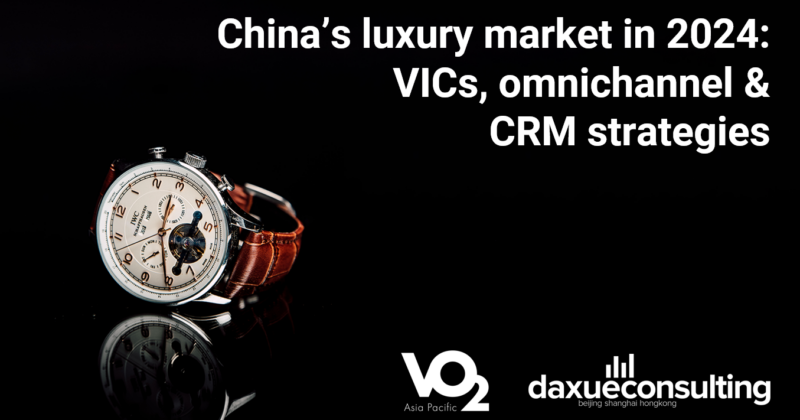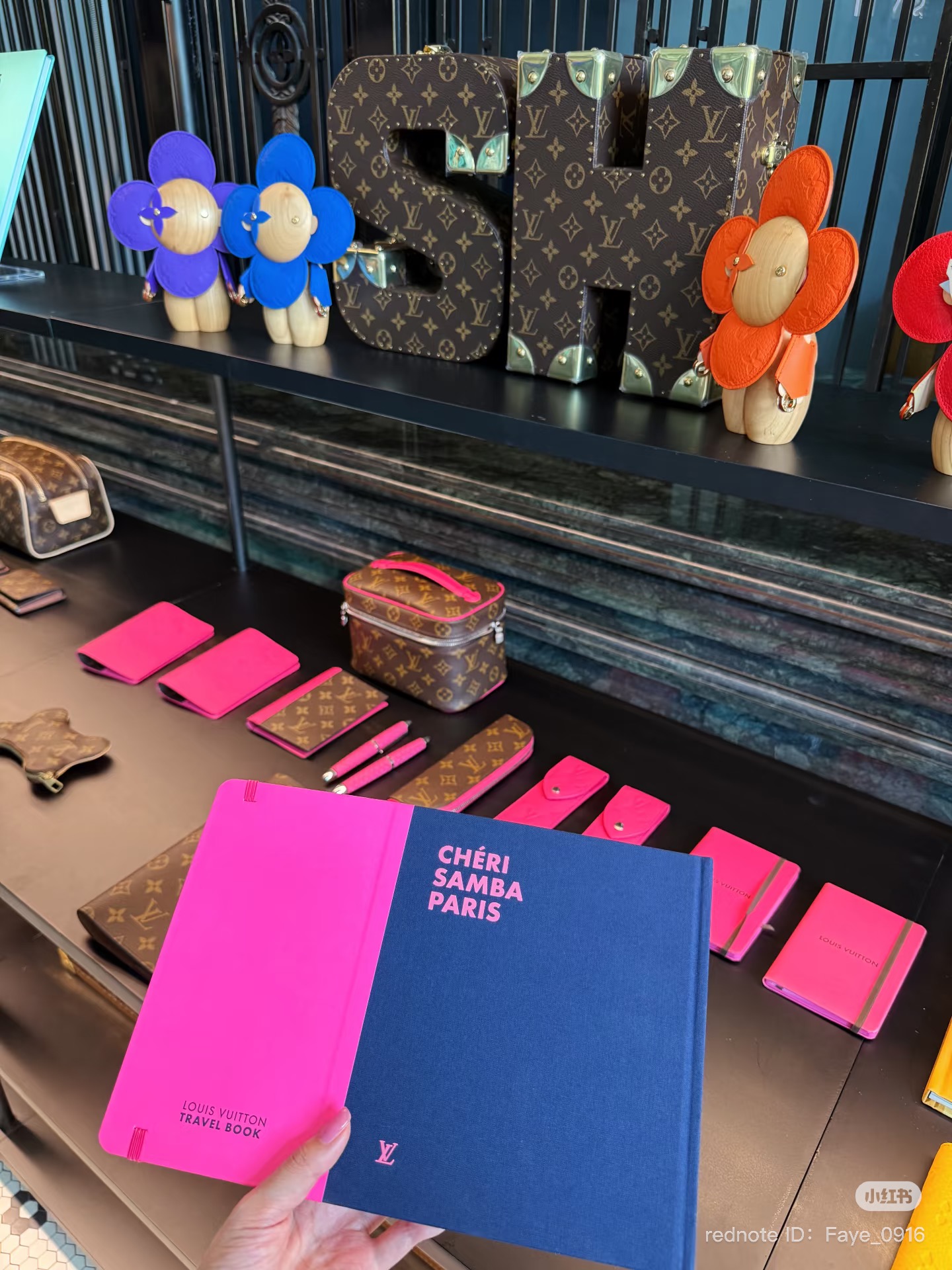As Chinese consumers place more value on experiences than products, pop-up stores have become an important tool for brands. They offer unique and authentic moments that connect with people’s lifestyles, cultures, and values. These experiences often stay with consumers long after their visit. In the rapidly changing market, a pop-up store in China helps brands share their identity. It also gives them the freedom to experiment and learn what truly resonates with their audience.
Download our China luxury market report

The rise in popularity of pop-up stores in China
As experiential retail takes center stage, pop-up stores have become increasingly prevalent in China. In fact, the transaction volume of pop-up stores in China could reach RMB 832 billion (USD 115 billion) by 2025, representing a 260% increase in just five years.
Pop-up stores are often considered a form of guerilla marketing that can help a brand achieve strong short-term growth in sales, engagement and awareness. It was around 2012 when the term “pop-up” began being used. Prior to this, pop-ups were often just vendors who set up shops on the street.
Around this time, social media platforms such as Weibo and WeChat began to rise. These apps played a big role in amplifying the visibility and virality of pop-up events. They helped spread these experiences online, reaching audiences widely across China.
Luxury brands bring interactive experiences rooted in culture and heritage
As pop-up stores offer wide market access, they have allowed luxury brands to remain exclusive while creating more approachable and engaging experiences. In the Chinese luxury market, consumers no longer prioritize status but rather culturally resonant, personal value-driven, and tech-innovative experiences.

On June 6th, 2025, Louis Vuitton launched a pop-up event in collaboration with the Shanghai Postal Museum and contemporary Chinese artists to show the brand’s growing role in preserving cultural heritage. The nine-day “Post Something Interesting” (邮点意思) pop-up transformed the historical space into an immersive cultural experience that combined tradition with technology.
Visitors shared travel memories through WeChat, which were then turned into creative stories using AI. The space also offered books, designer stationery, and a postcard station where visitors sent limited-edition cards with special stamps made with China Post. The pop-up became a huge sensation online, especially on RedNote (also known as Little Red Book in China). The hashtag “LV post something meaningful” (#LV邮点意思) generated more than 109 million views as of July 2nd, 2025.

Brands strengthen their identity through experiential store design
Pop-up stores also allow brands to visually express their identity through thoughtful design. In 2024, a Swedish fashion brand Arket (under H&M group) opened its first pop-up store in Shanghai. It designed the store according to the brand’s Nordic and minimalistic aesthetic. The space was inspired by the color white and presented archetypes of the brand’s versatile wardrobe made up of essentials for every occasion. The pop-up also offered limited-edition collection exclusive to the pop-up, consisting of the customized font Arket Sans which is printed onto T-shirts, canvas bags, cardholders and luggage tags. There was also a cafe attached to the pop-up that drew in more foot traffic and encouraged community engagement.

Moreover, in May of 2024, Dior brought a luxury resort experience to Sanya, decking out the poolside in branded cushions and parasols. This activation was well perceived by visitors and consumers. The hashtag “Sanya Edition Dior pop-up” (三亚艾迪逊dior快闪) garnered 4.5 million views on Xiaohongshu as of July 2nd, 2025. By crafting an environment that embodies the brand, from the decoration to activities, these pop-up experiences let visitors fully immerse themselves in the brand’s world.

Emerging brands leverage co-branded pop-up stores for visibility
Butterbear is a Thai IP that’s been gaining traction in China ever since it launched its first pop-up store in April 2025. It collaborated with Zara to launch a space with cute Butterbear-themed installations to present the Butterbear for Zara collection. The pop-up was designed like a fun and dreamy kids’ shop, mixing the look of old-fashioned bakeries with Butterbear’s soft, pastel-colored world. It aimed to create a warm, cozy space that felt like a storybook and was perfect for taking photos to share online.

Butterbear has also teamed up with Casetify to create a cute retail experience in Hangzhou, called the Spring Dessert Shop. This experience features pastel colors and blends playful design with the collectible culture, tapping into the kawaii aesthetic and nostalgic branding. The main selling point was the limited-edition gift box, available exclusively at the pop-up as well as surprise gifts. With these pop-ups all over China, Butterbear is raising awareness of its brand and products through storytelling and shareable moments.
Pop-up stores are not replacements of traditional stores
Pop-up stores should not be seen as a substitute for long-term stores. They are used for two completely different purposes. In malls in China, brands that already have a traditional long-standing store will open a pop-up store in the same mall to increase their exposure and traffic. Pop-ups often offer short-term leases, high-frequency turnover, and greater operational efficiency with lower trial-and-error costs. They are more suitable for brand experimentation. They tend to focus more on interaction and visitor experience as a way to build long-term brand image and communication, rather than immediate profit.
Building a successful pop-up store in China
- Pop-up stores in China are not just retail spaces but cultural playgrounds. Brands use pop-up stores to offer exclusive experiences that fuel excitement and deepen consumer connection.
- Luxury brands are successfully building pop-up stores that allow them to remain exclusive while allow them to offer more approachable and interactive experiences. In June 2025, Louis Vuitton collaborated with Shanghai Postal Museum for a nine-day pop-up featuring exclusive products and AI installations.
- Pop-up stores offer a cost-effective way for smaller brands in China to boost visibility, generate short-term buzz, and build brand awareness.
Mastering China’s Luxury Market Dynamics
As China’s luxury market witnesses a robust rebound, positioning your brand effectively in this evolving landscape is paramount. We specialize in strategic consulting for luxury brands aiming to penetrate or expand within the Chinese market, leveraging our deep understanding of local consumer preferences, cultural nuances, and digital trends.
Our Services Include:
- Market Insight: We provide comprehensive analyses of the latest trends and consumer behaviours in China’s luxury sector, ensuring your brand stays ahead of the curve.
- Brand Localization: Tailoring your brand’s narrative to resonate with Chinese cultural values and consumer expectations, enhancing relevance and appeal.
- Consulting Services: We offer strategy and management consulting every step of the way.
- Regulatory Navigation: Assisting with the legal and regulatory aspects of entering and operating in the Chinese market, ensuring smooth and compliant business practices.
Connect with our team of experts to refine your strategy and secure your brand’s position in China’s thriving luxury market.






